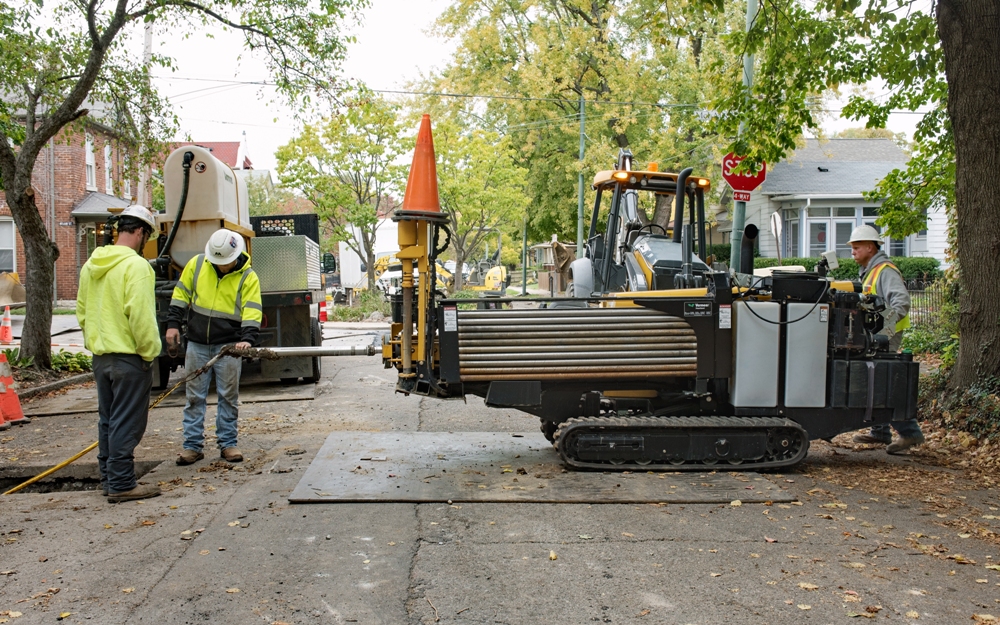
Equipment labeling plays a role in organizations that handle a number of tools, machinery, or assets. It serves as a system for monitoring inventory, keeping track of maintenance schedules, and ensuring compliance with regulations. In this post, we will delve into the world of equipment labeling, discussing the approaches and innovative methods that can streamline operations and optimize asset management.
The Significance of Equipment Labeling
Dependable asset tracking is crucial for organizations spanning industries. Whether it's construction sites or manufacturing plants, efficient equipment management can prevent downtime, boost productivity, and cut costs. Equipment labeling provides a system to record information about each asset, including its location, condition, serial number, purchase date, maintenance history, warranty details, and specifications. Combining equipment labels with asset management systems or dedicated process automation tools like an equipment tagging system designed for this purpose specifically allows businesses to have real-time visibility into their asset inventory.
Recommended Practices for Equipment Labeling
1. Utilize Distinct Identifiers
When undertaking an equipment labeling project, it is essential to assign each asset an identifier. Opting for accepted identifiers such as barcodes or QR codes facilitates identification and data retrieval through scanning devices or smartphone apps.
2. Include Relevant Information
Make sure to use identifiers in the system when searching for items. When designing equipment tags, it's important to include information like the item’s description or specifications (such as the model number), purchase details (like price and vendor), and important dates like warranty commencement and expiry. This standardized approach helps ensure access to information across departments.
3. Incorporate Compliance Requirements
To comply with industry regulations and safety certifications (like OSHA guidelines), it's crucial to incorporate these requirements into equipment tags from the start. Displaying expiration dates prominently helps organizations avoid compliance issues and ensures that necessary actions are taken when critical deadlines approach.
4. Establish Updates and Maintenance Processes
Establishing processes for updating and maintaining equipment tag (News - Alert) information is essential once they are in place. By implementing protocols for timely updates, organizations can accurately track warranty claims, renew certifications or inspections regularly, and identify equipment that may need replacement without disrupting operations.
5. Promote Employee Engagement
It is important to involve employees in equipment tagging efforts to promote engagement and ensure their input is valued. Encouraging a culture of responsibility and accountability may involve conducting training sessions to educate employees on the use of asset tags and data entry practices (if applicable) and highlighting the significance of maintaining accurate documentation. This approach aims to minimize instances of misplaced tools or machinery and optimize resource allocation.
Advancements in Equipment Tagging
While traditional methods have proven effective, there are now technologies available that offer distinct advantages in the field of equipment tagging.
1. RFID Technology
Radio Frequency Identification (RFID) technology is gaining popularity due to its ability to provide real-time tracking data with improved accuracy and wider coverage compared to other methods. By placing RFID tags on assets and strategically positioning RFID readers throughout facilities, businesses can instantly capture location information without requiring line of sight or human intervention.
2. IoT Integration
Integration with the Internet of Things (IoT) significantly enhances the capabilities of equipment tagging systems by connecting assets to collect real-time data on their performance metrics. For instance, temperature variation sensors for HVAC systems or machinery workload monitoring devices can continuously convey information via a platform, facilitating prompt resolution of efficiency issues.
3. Augmented Reality
Augmented Reality (AR) offers an experience where employees can overlay information onto their physical surroundings using smartphones or AR headsets/eyewear.
When it comes to equipment tags, augmented reality (AR) enables technicians to access information, like repair manuals and critical maintenance steps, by scanning tagged devices.
Conclusion
Managing equipment through tagging practices can significantly enhance operational efficiency and save valuable time, resources, and costs for businesses. By implementing practices such as using identifiers, including relevant information, integrating compliance requirements, establishing maintenance processes, and promoting employee engagement, organizations can optimize their asset management systems. Moreover, exploring technologies such as RFID, IoT integration, and augmented reality can take equipment tagging capabilities to heights. Embracing these advancements opens up possibilities for operations, allowing businesses to focus on productivity and growth.
